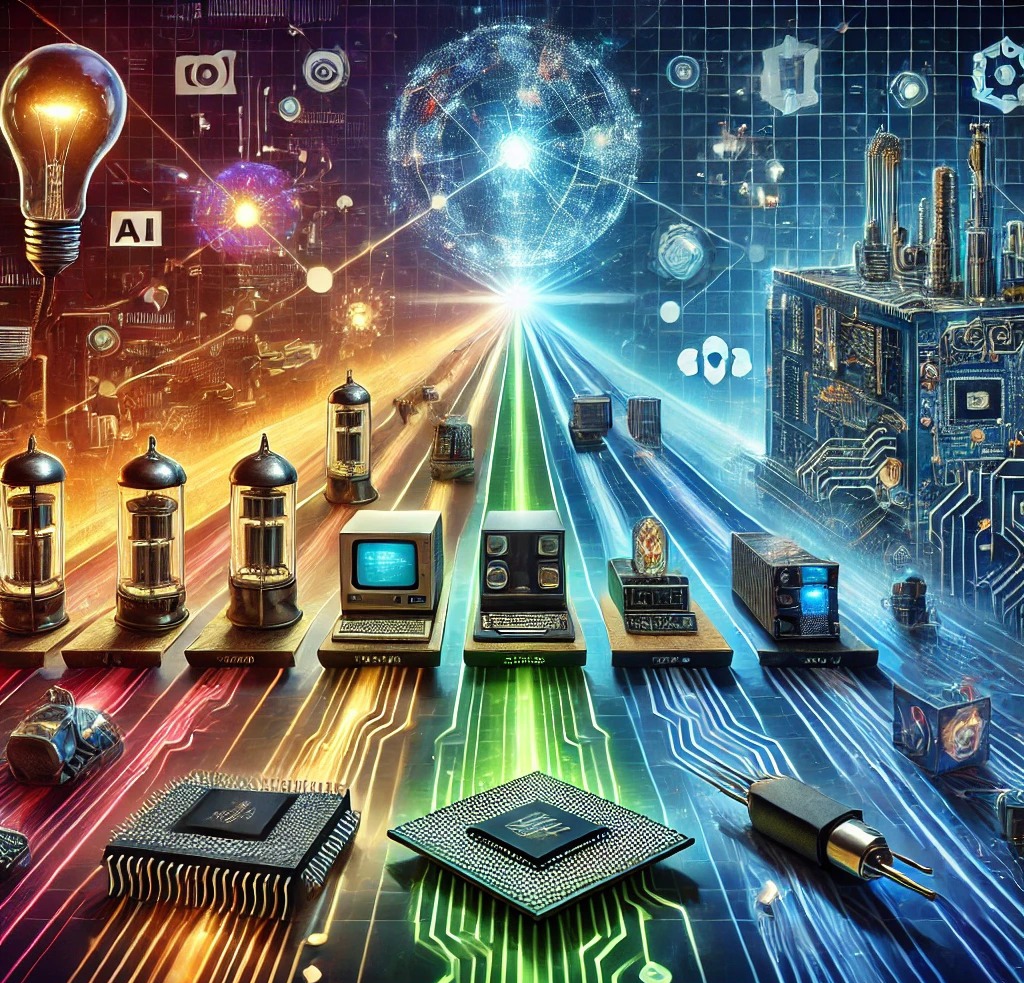Introduction
Computers are an integral part of our daily lives. From handling simple calculations to powering space exploration, they have come a long way. In this article, we’ll explore the foundational concepts, their evolution, and how they continue to transform the world.
1. Defining Computers: What Are They Really?
At their core, computers are electronic devices that process data. They follow a user’s instructions, manipulate data, and produce meaningful information. With the ability to store, retrieve, and process vast amounts of data, computers are versatile tools for both personal and professional tasks.
2. How Data Becomes Information
Computers perform data processing through a systematic approach:
- Input: Data is fed into the system using input devices like keyboards or scanners.
- Processing: The Central Processing Unit (CPU) works to process this data, executing instructions through the Arithmetic Logic Unit (ALU) and Control Unit (CU).
- Output: The processed data is displayed or stored for future use.
This cycle transforms raw data into valuable information, powering everything from emails to complex simulations.
3. Computers Through Time: Generations and Innovation
The development of computers is divided into five generations, each marked by a technological leap:
- First Generation: Used vacuum tubes, massive in size.
- Second Generation: Introduced transistors, making them smaller and more efficient.
- Third Generation: Embraced integrated circuits for enhanced performance.
- Fourth Generation: Introduced microprocessors, powering personal computers.
- Fifth Generation: Focused on artificial intelligence and quantum computing.
Each step brought us closer to the fast, reliable, and intelligent machines we have today.
4. Types of Computers: One Size Doesn’t Fit All
Computers vary in design and functionality, tailored to specific needs:
- Supercomputers: The fastest, used for tasks like climate modeling and space research.
- Mainframe Computers: Ideal for managing massive data, often in banking and government institutions.
- Minicomputers: Compact and versatile, commonly used in businesses and schools.
- Workstations: High-performance systems designed for specialized applications like animation and data analysis.
- Personal Computers: Everyday machines for home and office use, including desktops and laptops.
Each type serves a unique purpose, contributing to the diverse applications of computing technology.
5. Why Computers Stand Out: Characteristics That Matter
What makes computers so indispensable?
- Speed: They can process millions of instructions per second.
- Accuracy: Minimal errors, provided correct inputs are given.
- Reliability: Consistent performance over time.
- Automation: They follow instructions without human intervention.
- Versatility: Capable of handling multiple tasks efficiently.
These qualities make computers the backbone of modern industries and daily life.
6. Client-Server Model: Collaboration in Action
Modern computing systems thrive on the client-server model, where:
- Clients: Request resources or services.
- Servers: Provide the requested resources.
This model supports seamless communication and is the foundation for networks, including the internet, cloud services, and enterprise systems.
Conclusion
From their humble beginnings as calculators to today’s AI-driven systems, computers have transformed how we live and work. As technology continues to advance, understanding these foundational concepts helps us appreciate the innovations shaping our world.

Leave a Reply